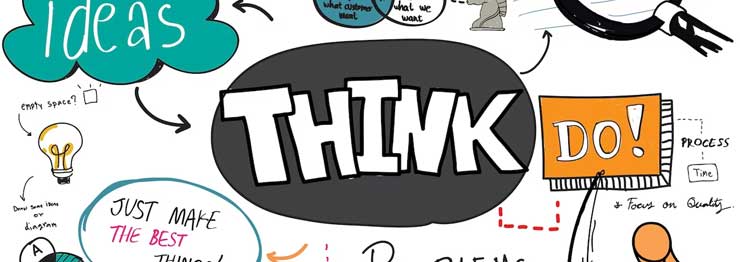
Design thinking is a problem-solving approach that emphasizes a human-centric perspective. It encourages taking the time to think before diving into designing a product or solution immediately. By establishing a healthy relationship between the product and the users, design thinking helps to solve complex problems with a focus on people’s needs and desires.
Design thinking involves a balance between thinking and doing, rather than solely focusing on design. . Confucius, a philosopher, politician, and teacher, once emphasized the importance of experiential learning, stating that
– I hear and I forget,
– I see and I remember,
– I do and I understand.
IDEO, a design and consulting firm with offices worldwide, utilizes design thinking to solve complex problems. The human-centered approach to innovation draws from a designer’s toolkit to integrate the needs of people, technological possibilities, and business requirements for success.
Design thinking considers what is desirable from a human point of view, what is technologically feasible, and what is economically viable. This approach involves understanding human desires, emotions, pain points, behaviors, and other factors to solve problems effectively.
5 Stages of the Design Thinking Process
Empathize : Understand people and their problems
Define : Figure out the problems
Ideate : Generate ideas
Prototype : Create and experiment
Test : Test and refine the product
To successfully implement design thinking, a mindset, toolset, and skill set are necessary. Design thinking is a powerful approach to problem-solving that considers the needs of people at its core.

